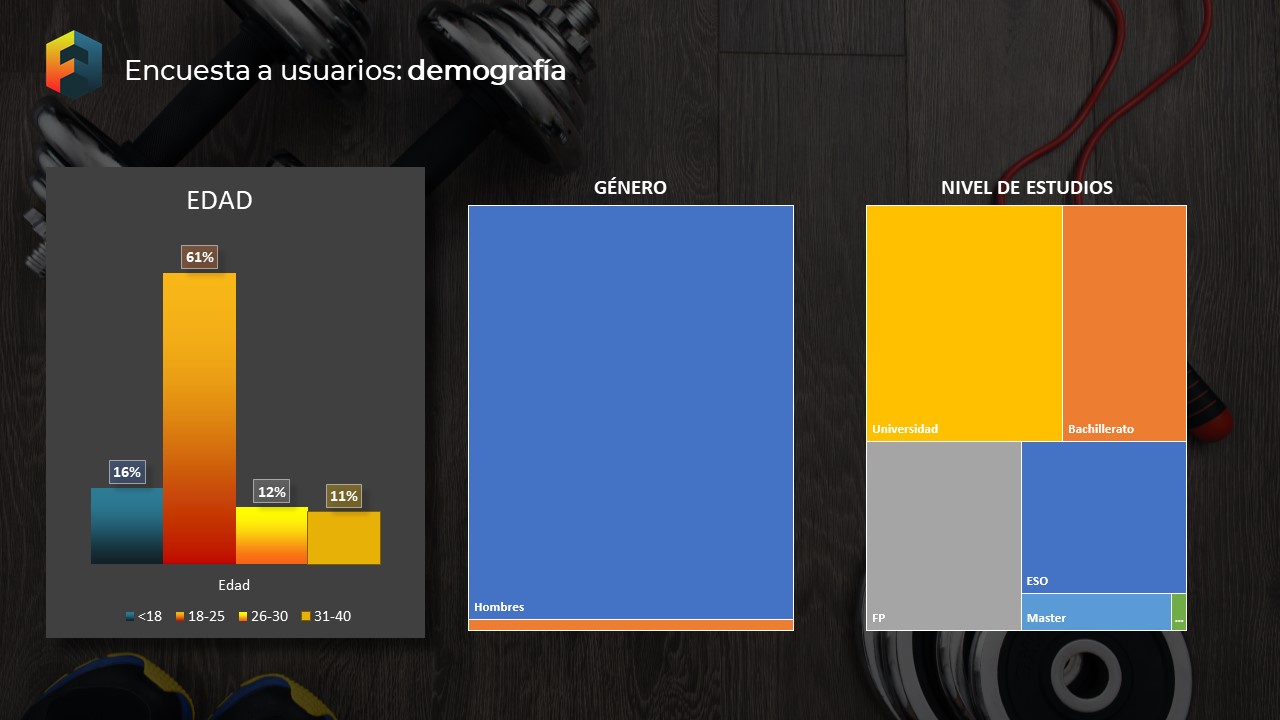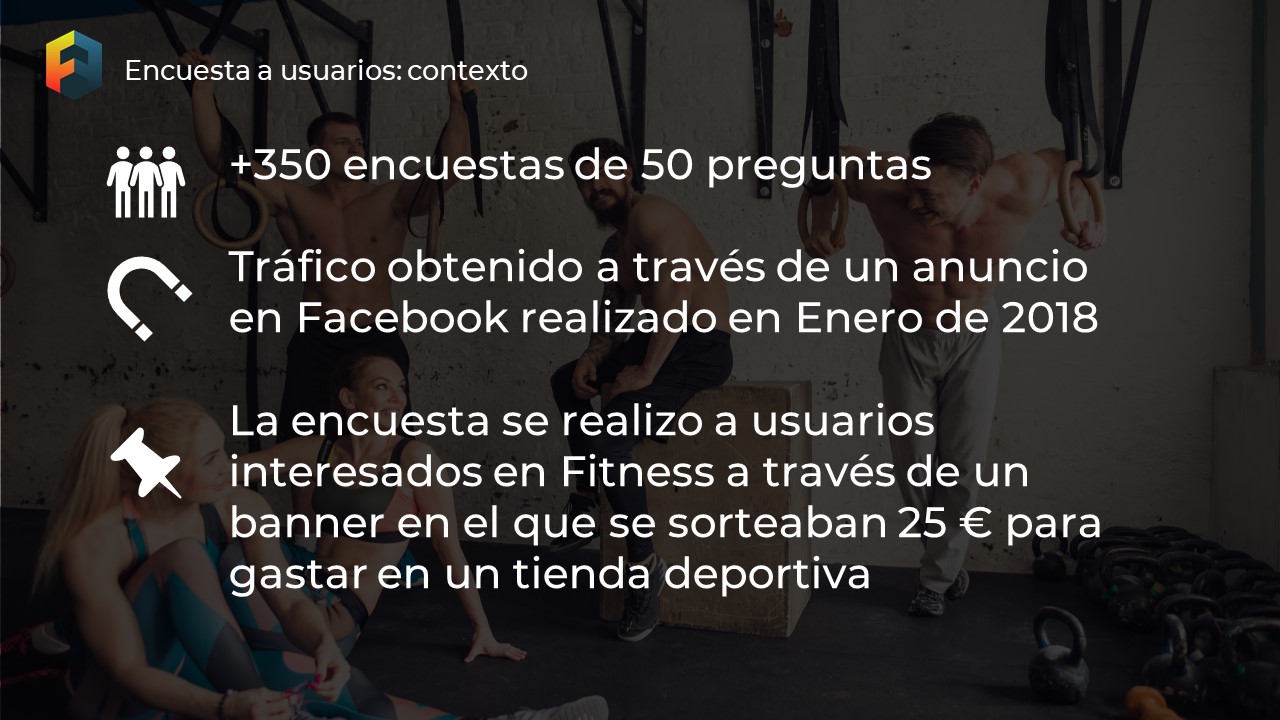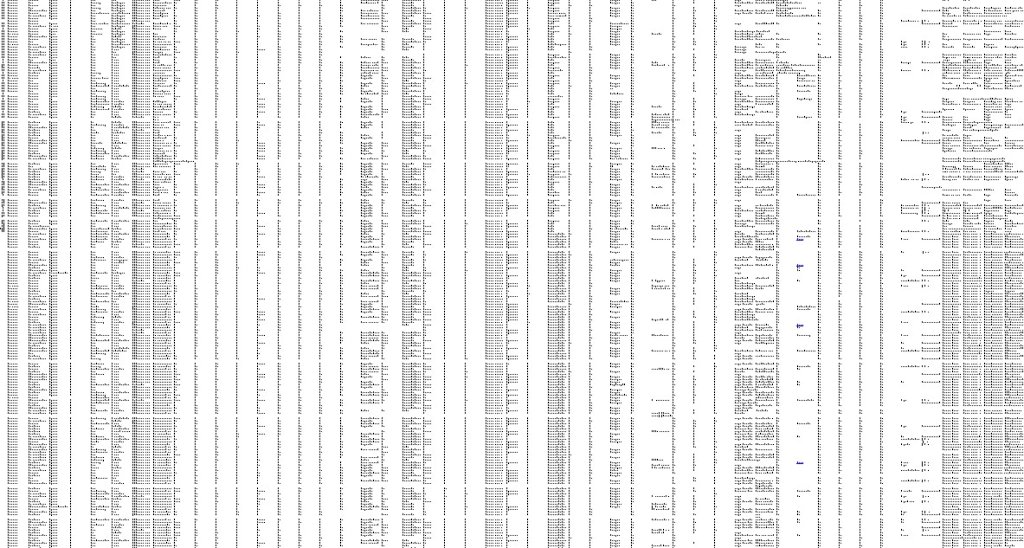How we validated Fitenium before writing a line of code (part I)
If you don’t already know Fitenium is a free, mobile, video-based social network for athletes who train strength or bodyweight exercises. At Fitenium users can follow their performance, compete and get discounts in nutrition and sports equipment stores. Download it here.
Build something people want
At the end of 2017, when we were still evaluating the feasibility of our project, and before even writing a line of code for our app, we asked ourselves: is this idea that seems great to us really going to interest anyone?
Since we wanted to be sure and not invest tons of time and money in something that people did not use, we got down to work to verify it. We decided to break down each of the features that we wanted to develop in Fitenium and make a survey of what we believed would be our future users with questions for each of our initial features.
For example: in Fitenium it is necessary for users to record themselves on video with their smartphone where they train. One question in our questionnaire was: Do you take your mobile phone to train?
And so we were preparing the survey until we reached 50 questions. Among these questions there were also several related to users since we had to understand how to reach our future users in order to offer them the best product and service.
Things don’t usually work out the first time
Before the users arrived with the surveys, we had to find them first and then motivate them to fill out the survey. Regarding how to find them, we thought about doing it with people we knew who trained strength, then we thought about going to gyms doing the surveys. The truth is that the beginnings were difficult and the athletes we found did not have the time to complete the entire survey. Even close friends found it heavy and long.
Digitizing the survey with Google Forms
After thinking about the subject a couple of times, we decided to digitize the survey through Google forms and limit open questions as much as possible. We had done about 20 surveys up to that point and we realized that most of the responses could be categorized into blocks. In this way, we convert almost all the questions into a test type and we manage to reduce the time to fill out the survey in half.
Although we wanted a good number of users to make the survey meaningful, we decided to change our survey strategy and move from the offline channel to the online one. We started looking for online tools that would allow us to reach a lot of people, even if we had to invest a little money. We considered several options, but we always had the problem of how to segment the survey for our niche of users: we wanted to ask users to strength train.
Ads on Facebook to segment our users
I had some experience with ads on Facebook and knew that the targeting capabilities of that channel were very powerful. On the other hand, even if we had segmented our users, we needed a hook, an ad format that would motivate the segmented user to fill out our survey.
The hook
At that moment, an idea from Luis Diaz del Dedo (a national digital product crack and CEO of Product Hackers) came to mind that he had told me a few weeks before and that had worked wonders for him: giveaways.
So we pretty much had all the pieces: (i) segmented acquisition channel: Facebook, (ii) polished survey: Google Forms, and (iii) motivation: draw of 25 EUR among all those who completed the questionnaire.
With a very simple design using Canvas we took this photo for the Facebook ad:

The ad copy was pretty simple too: Fill out our sports habits survey and enter the 25 EUR raffle. We finally published the announcement at the end of January 2018.
Results: survey filled out for just over 3 cents
I’ll be honest, before trying this ad we had done several tests that didn’t work. Or at least they didn’t work as well as this one did. The truth is that when we saw the first results of this test we did not believe it: we were able to generate complete questionnaires of 50 questions filled out by potential users for just over 3 euro cents (it is possible that the January price has something to do with it). with this).
The point was that for us we had hit the mark with an important part of the validation of Fitenium and we decided to crank up the ad until we reached about 350 surveys. We had gotten our 350 x 50 data sheet and were looking forward to analyzing it.
Our users are men and younger than we thought
The first results we were interested in from the survey were related to the demographics of our users. Within Facebook’s targeting we were careful to segment our users’ interests, but we left a range of age and gender quite open.
In any case, within the anonymous survey we had several questions where we collected information on the gender, age and educational level of the respondents.

These results opened our eyes to the type of user who would be interested in a product like Fitenium and what we should build our product on. Although from the beginning we had some intuition of what the user would be like, we did not expect it to be so young or so gender-biased.
Do you want to know more about our validation process and the interests of users?
This is just our first entry to put you in the situation about the Fitenium validation process. If you want to know more about the other functionalities and other interests that we validate from our users, subscribe now to be aware of the entries that we publish.
I leave here our entry related to this survey in which we detail the Ranking of Fitness Influencers in Spanish according to our survey of more than 350 users.
And don’t wait to download Fitenium for free and start following your brands, stay motivated with our community, and earn discounts on clothing and sports nutrition.





